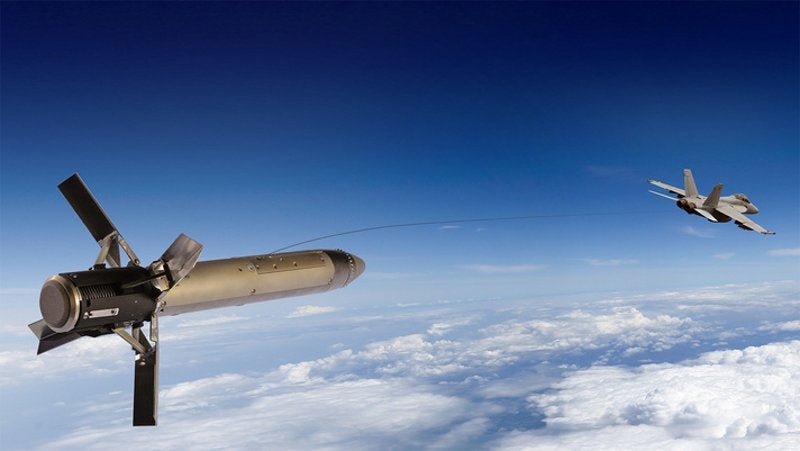
The US Navy has awarded a contract to BAE Systems to develop a next-generation, dual-band fibre-optic towed decoy (FOTD).
Under the $36.7m contract, the company will also be responsible for demonstrating advanced decoy countermeasure.
FOTD will be designed to safeguard aircraft and pilots from advanced and future threats.
The next-generation dual-band FOTD will be an enhanced version of the company’s existing AN/ALE-55 FOTD. The current development work will focus on extending its abilities.
According to BAE, ALE-55 FOTD has already proven its capabilities in combat.
BAE Systems dual-band decoy programme director Tom McCarthy said: “Our towed decoys enable pilots to execute missions in highly contested airspace.
“ALE-55 FOTD is a reliable, high-powered jamming system with years of mission success on the F/A-18E/F and extensive flight-testing on a variety of aircraft.
“Under this new dual-band decoy contract, our focus will be building upon the ALE-55’s proven performance in order to defeat the threats of tomorrow.”
Decoys are used to divert enemy threat missiles from hitting the aircraft or any airborne platform such as fighters, bombers, and transports.
In addition to protecting the ship, the radio-frequency countermeasure systems boost the self-protection capabilities of the assets by employing disruptive techniques to jam adversaries’ radar.
BAE’s dual-band decoy will be capable of operating independently and will be designed to interface with the aircraft’s onboard electronic warfare equipment.
The company recently manufactured its 3,000th ALE-55 FOTD unit.
Engineering work relating to the dual-band decoy will be carried out by the company at its facilities in Nashua, New Hampshire.



